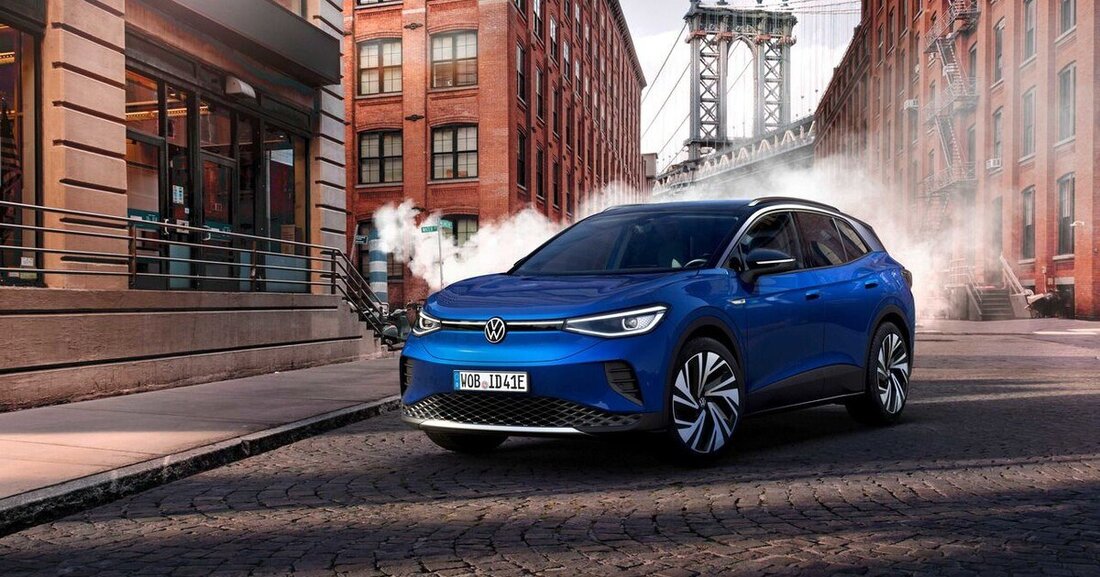Weak CO2 balance of electric cars
Life cycle analyzes from the cradle to the grave of a vehicle show that electrification only shifts CO2 emissions if the electricity does not come from renewable sources.

Weak CO2 balance of electric cars
On the occasion of this year's Vienna Engine Symposium, Günter Fraidl from AVL List demands that defossilization should start with energy production and not with the vehicle's drive. According to the AVL Senior Vice President for the Passenger Cars Division, it is not the drive range that determines the energy sources, but rather the energy sources and carriers that should determine the drive range. The low proportion of renewable energy worldwide prevents the increasing number of locally emission-free vehicles from reducing global CO to the same extent2-Emissions reduced. According to Fraidl, worldwide production of renewable energy only increased by one percent in 2020. Energy production is the world's largest CO2-Growers, Fraidl quotes Climate Watch.
Electric car versus diesel
According to analyzes by the German motorists' club ADAC, the VW ID.4, a purely electric car, indirectly produces 114 grams of CO2per kilometer and therefore about as much as a comparable car with a diesel engine. The ADAC calculates the values based on the average electricity consumption of the ID.4 of 22.8 kWh per 100 kilometers and the German electricity mix with around 500 grams of CO2per kilowatt hour. However, it should be taken into account that most of the electricity in Germany comes from coal-fired power plants. The electrification offensive therefore brings much lower CO to our neighbors2-Saving than expected. A meta-analysis by Frontier Economics on behalf of the Research Association for Internal Combustion Engines (FVV) in Frankfurt shows that the actually expected CO2-Despite 10 million battery-electric cars in Germany by 2030, the decline will only be six percent. Austria is in a better position with its higher share of sustainable electricity generation: According to a study by Thomas Bruckmüller and Werner Tober from the Vienna University of Technology, the CO2-Emissions will fall by at least 25 percent by 2040 compared to 2019, assuming a share of 30 percent battery-electric vehicles and around 15 percent renewable fuel.

 Suche
Suche
 Mein Konto
Mein Konto